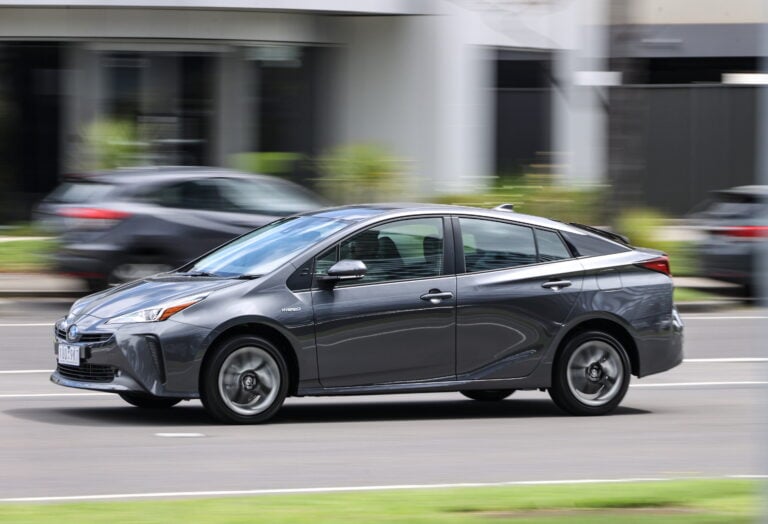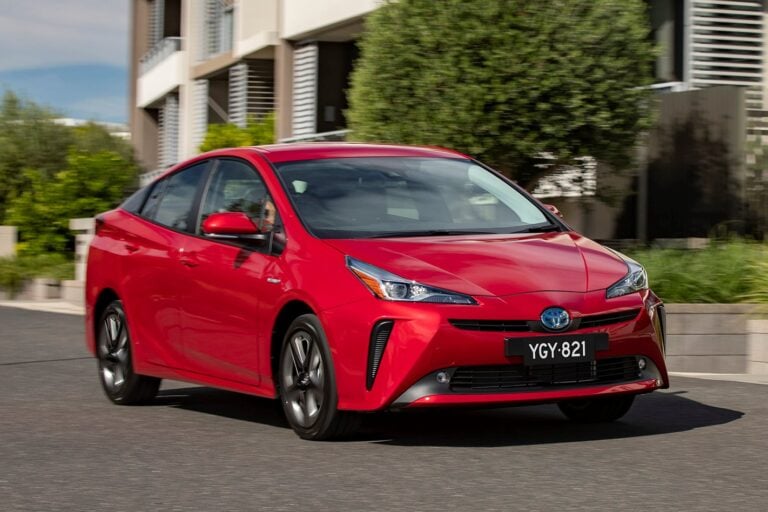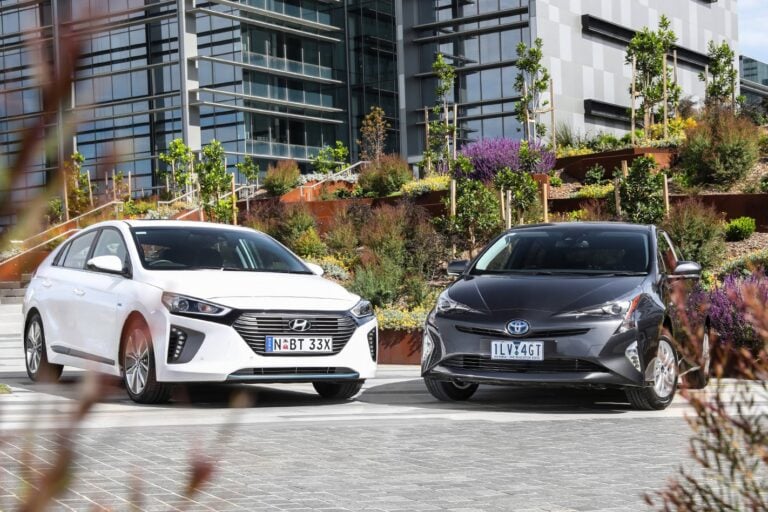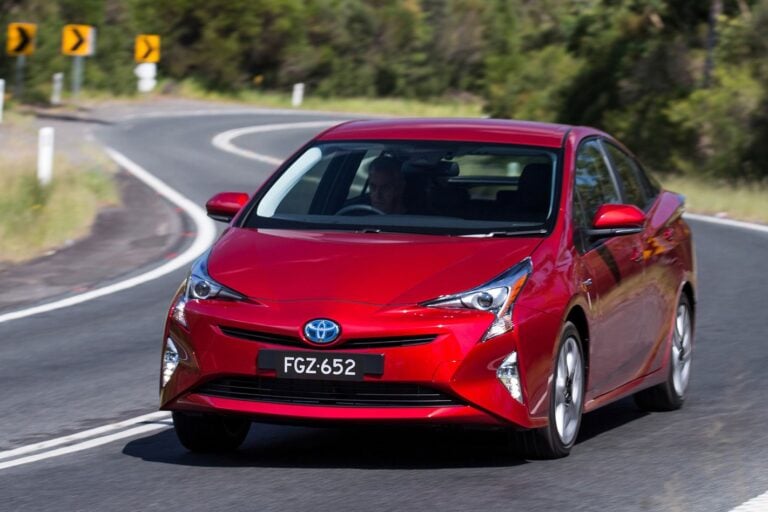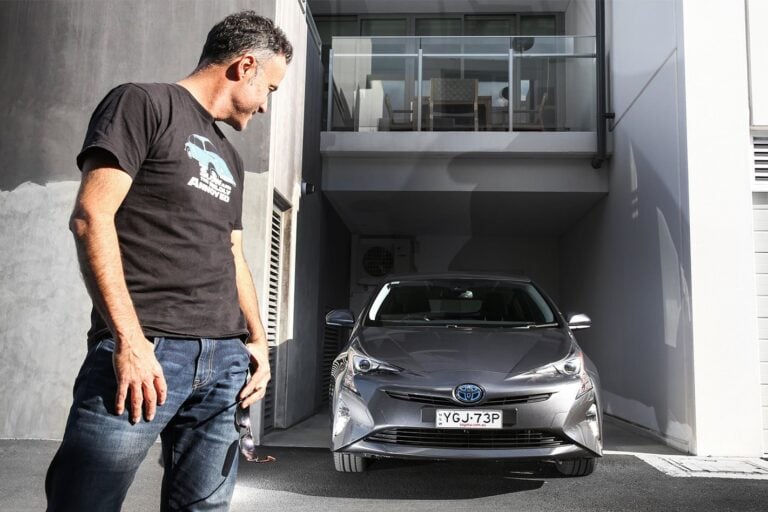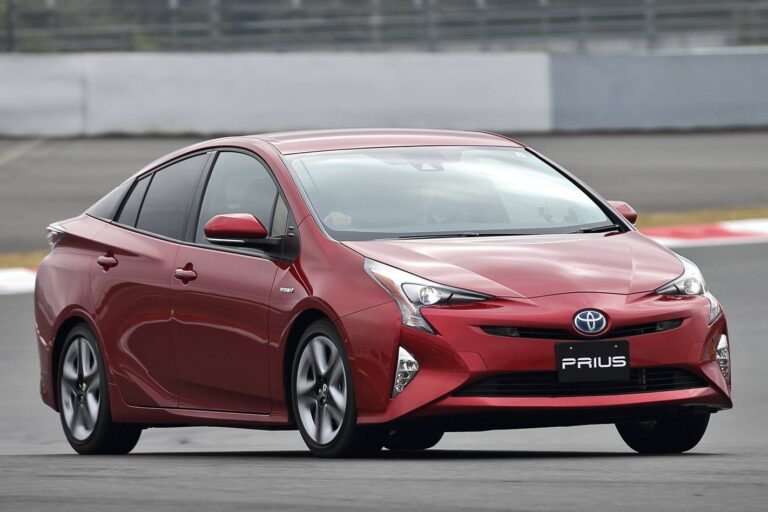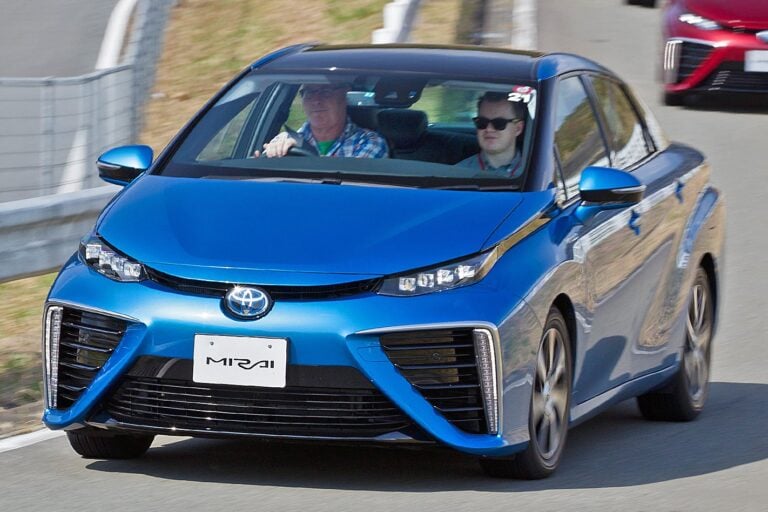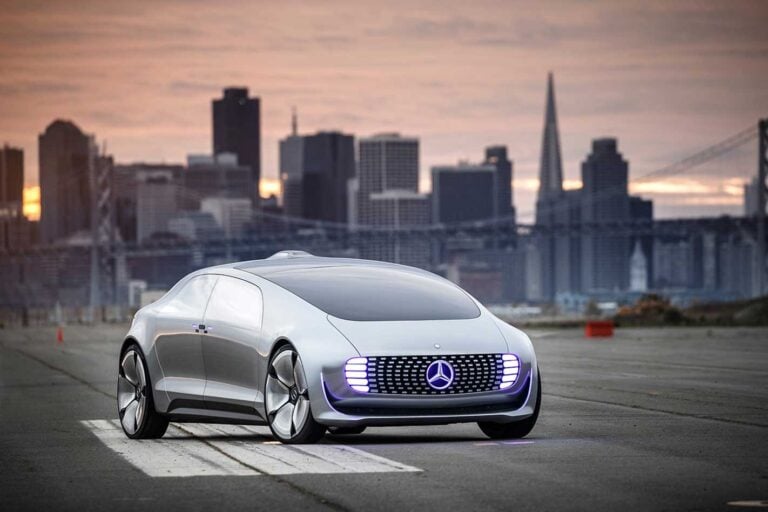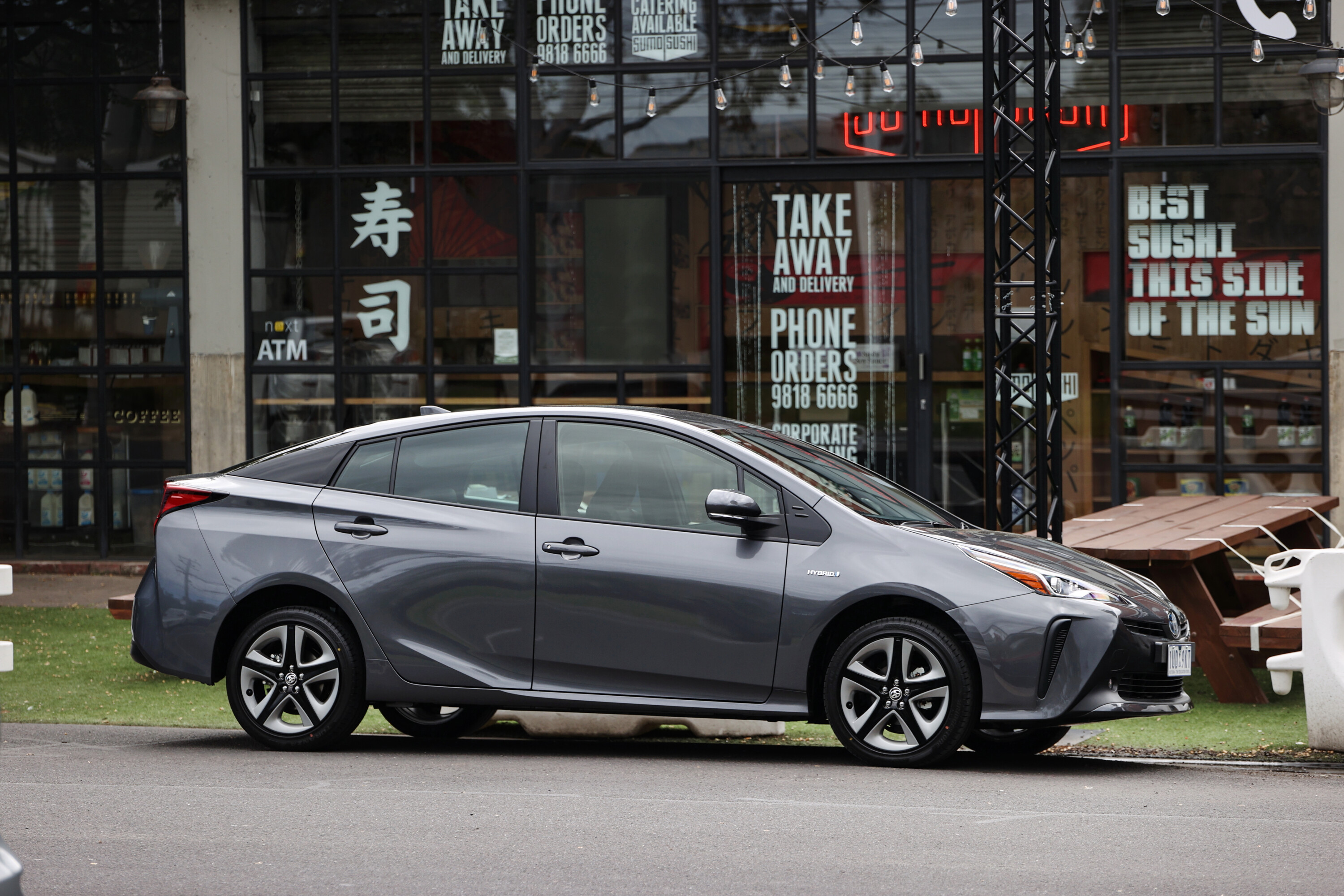

Toyota Prius
News
-
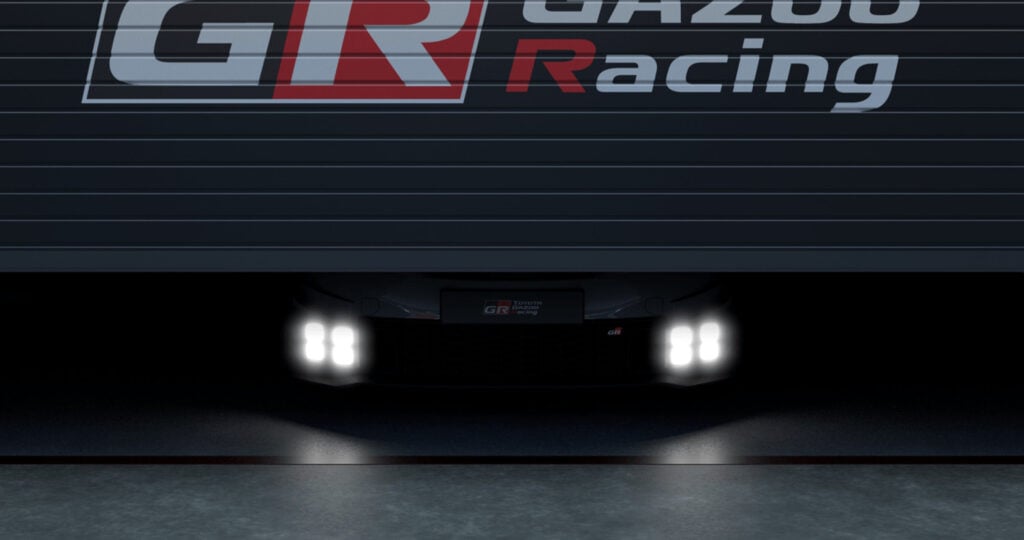 News
NewsGazoo Racing Toyota Prius teased for 24h Le Mans reveal
Details are scarce but all will be revealed in the coming weeks at Le Mans 2023
-
 News
News2024 Toyota Prius Cross: Yaris Cross Hybrid alternative imagined
Should Toyota build a hybrid-only alternative to the Yaris Cross small SUV using elements from the next-generation Prius? Here’s how it’d look
-
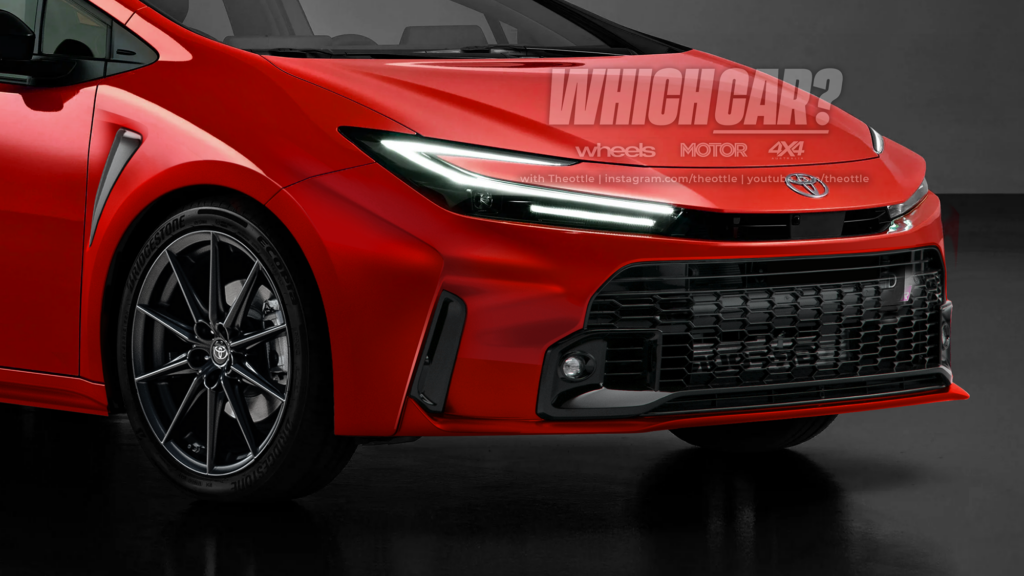 News
News2023 Toyota GR Prius imagined
We imagine a high-performance lovechild between the GR Corolla and new-look Prius
-
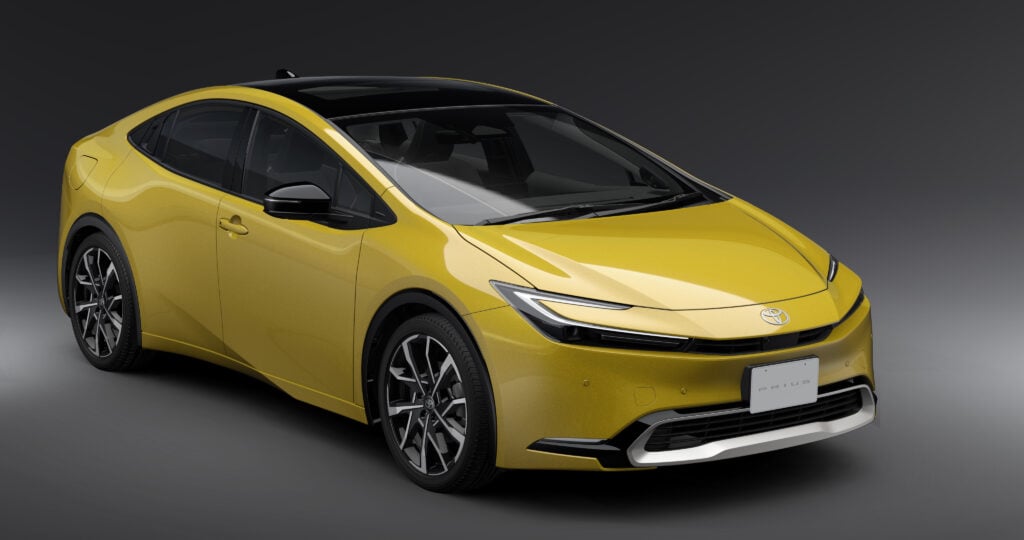 News
News2023 Toyota Prius unveiled, Australia ruled out
The next-generation Toyota Prius hybrid has been unveiled for Japan, Europe and North America, but Australia will miss out
-
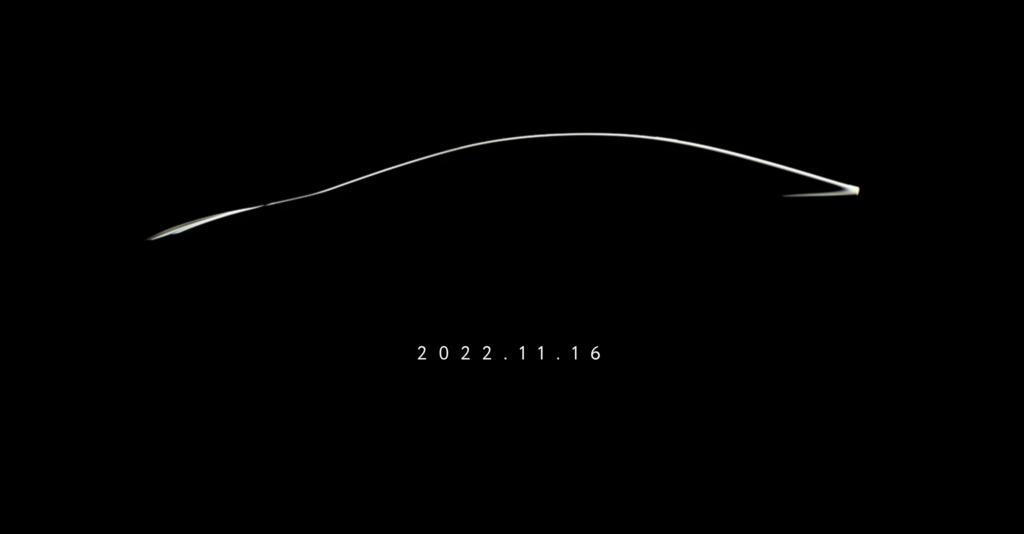 News
News2023 Toyota Prius teased, will it come to Australia?
-
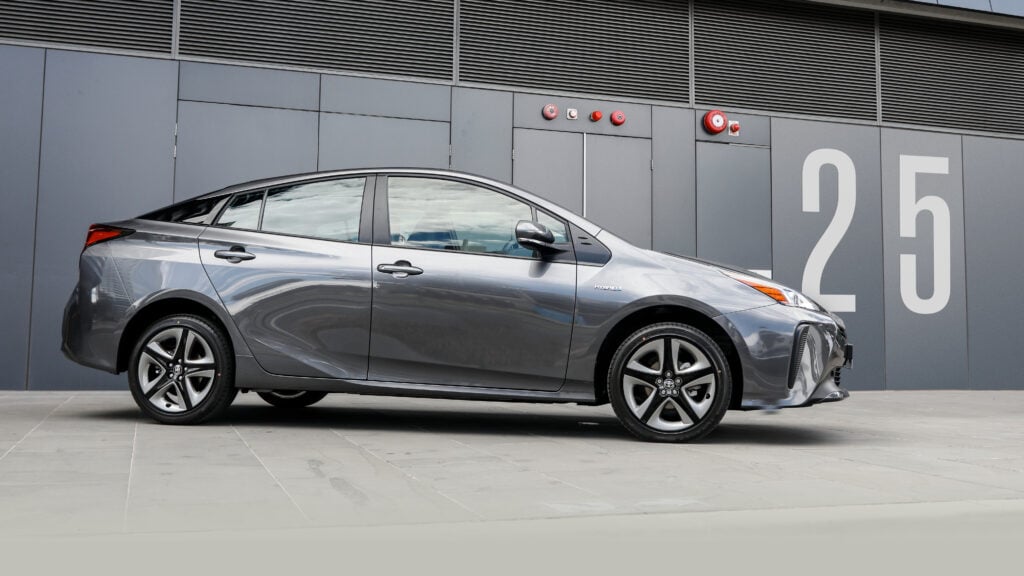 News
NewsToyota Prius: 25 years of a pioneering petrol-electric car
-
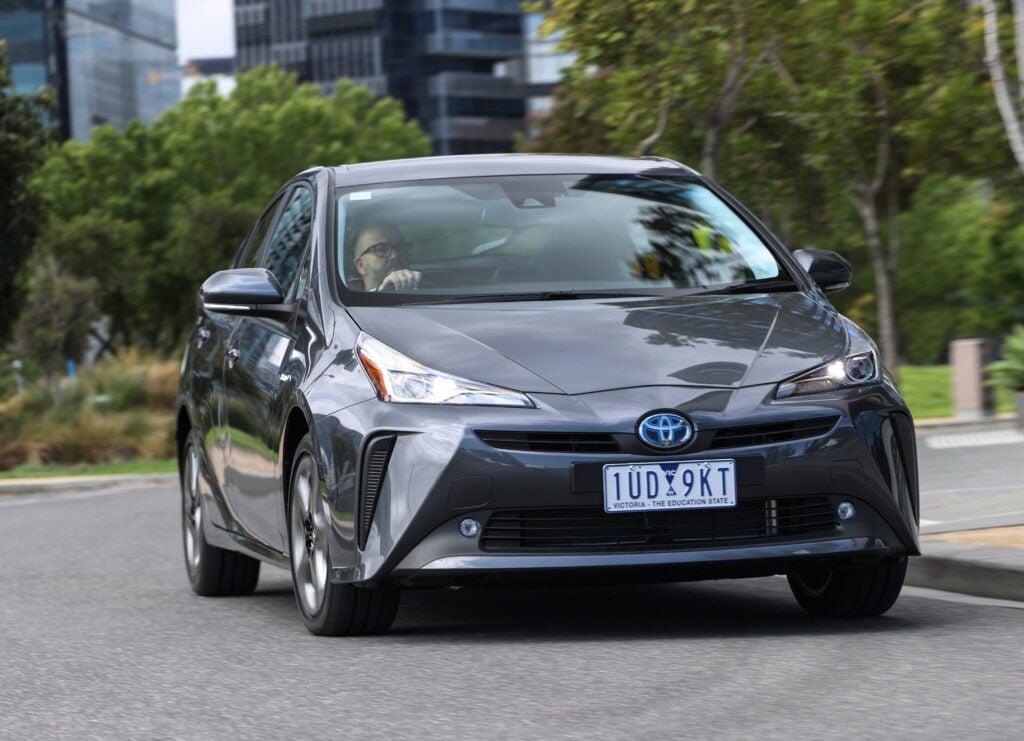 News
NewsToyota Prius retired: Pioneering hybrid removed from sale in Australia
-
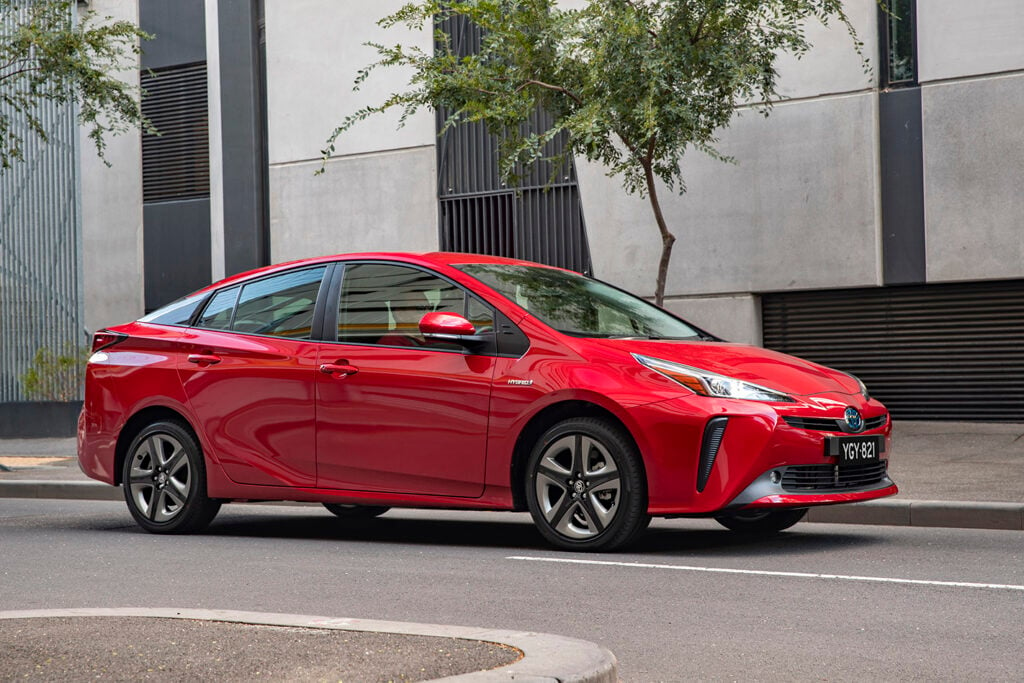 News
NewsToyota recalls small number of Prius models over ECU failure
